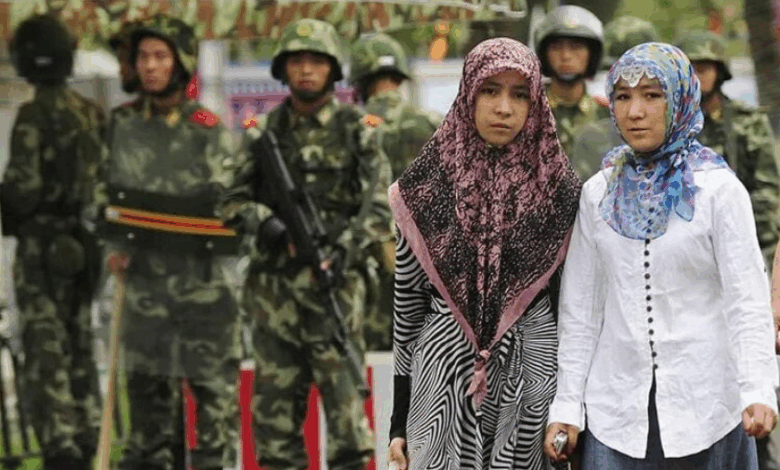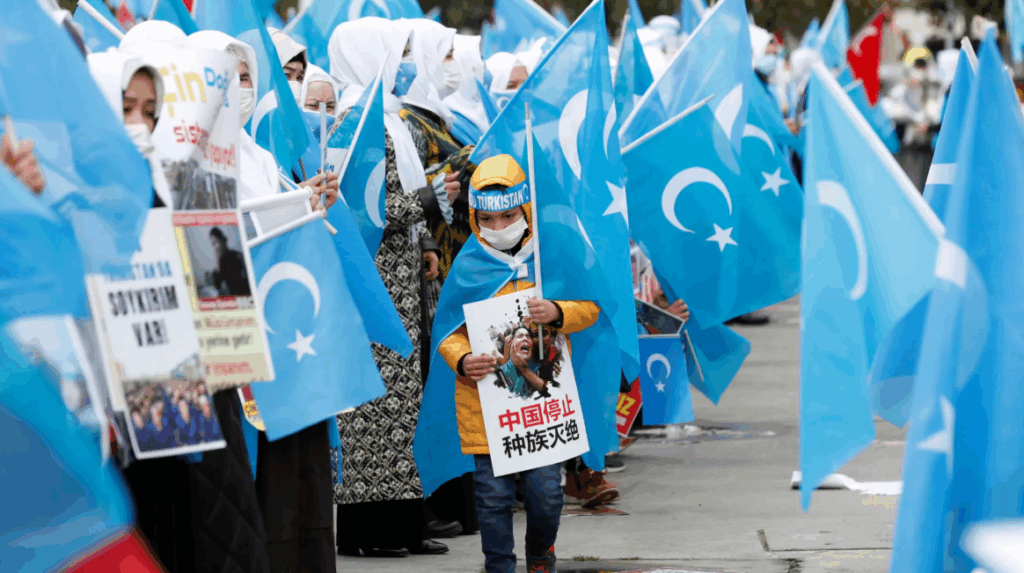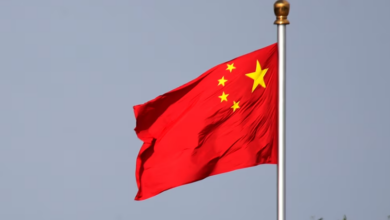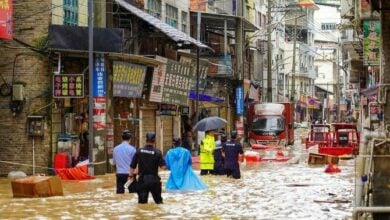Global Pressure Mounts on China Over Uyghur Forced Labor

Global pressure is increasing on China over the continued forced labor of Muslim Uyghurs in the Xinjiang province. The United States has intensified its actions by adding five new products to the list of goods under the Uyghur Forced Labor Prevention Act (UFLPA), effectively increasing scrutiny on Beijing.
According to the Indian news agency ANI, the U.S. Department of Homeland Security announced on Tuesday that new products—including steel, copper, lithium, caustic soda, and red dates—have been added to the UFLPA’s oversight list. This act, which has been in effect since June 2022, blocks the importation of any goods produced in Xinjiang or linked to forced labor. According to Reuters, the law has already prevented hundreds of millions of dollars in goods from entering the U.S.

The U.S. State Department has identified 144 companies and entities on a blacklist, claiming they directly or indirectly benefit from the forced labor of Uyghurs. Reports from human rights organizations like Amnesty International and Human Rights Watch have detailed how Uyghurs are coerced into working in factories and farms, from cotton harvesting to heavy industries and mineral production like lithium. These reports indicate that workers are not only denied fair wages but are also subjected to intense police and cultural control.
Beijing has consistently denied these allegations, claiming that its so-called “vocational training” programs are designed to combat extremism. However, independent reports from media outlets like the BBC and The New York Times suggest that these policies are a form of cultural engineering and suppression of the Uyghurs’ distinct Islamic and Turkic identity. UN human rights experts have also stated that this forced labor is a clear violation of fundamental human rights and has a direct impact on global trade. They warn that many of China’s exported products are produced with forced labor, and importing countries must ensure their supply chains are transparent.






